Everyone who visits Arizona has plenty to see. The southwestern state is famous for so many landmarks and sights that it can be difficult to pinpoint a selection of the most remarkable ones. There are almost endless mentions online about the things that best represent Arizona, and that makes it hard to narrow down the options.
From natural wonders to cities, the list below will offer you a curated selection of the most popular things in Arizona. We also have another article that you might enjoy – What is Arizona Known For?
The Grand Canyon Has Amazing Views
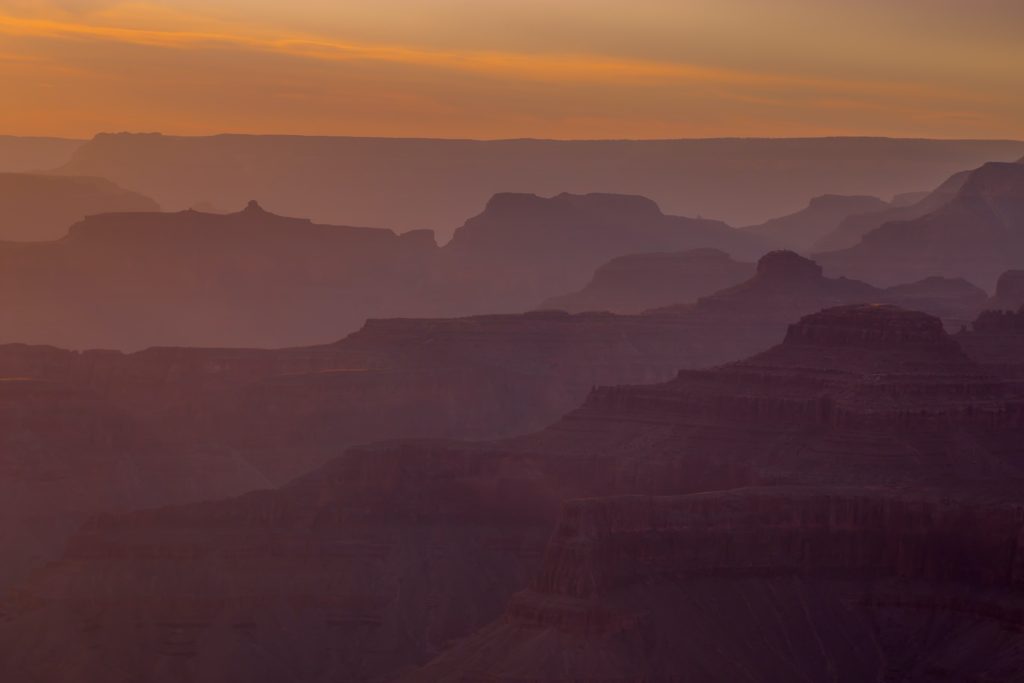
The Grand Canyon is one of the most famous landmarks in the world and one of Arizona’s biggest tourist attractions. Shaped by the Colorado River for millions of years, the Grand Canyon can be found on the Colorado Plateau.
The Canyon is vast and has a length of 277 miles (446 kilometers). Native Americans have lived within the Grand Canyon for thousands of years. It is a holy site of pilgrimage for the Pueblo people.
Visitors to the Grand Canyon tend to head to the North Rim or the South Rim, depending on the weather. The road to the North Rim tends to be closed off in the winter, but it allows the canyon to be viewed from a different perspective.
There are lookouts and viewing points all along the South Rim road, as well as plenty of walkways along the canyon. At Eagle Point in the west, you will find the Skywalk, a glass walkway that stretches over the edge of the canyon and makes for a remarkable viewing point.
The Grand Canyon was named a World Heritage Site by UNESCO, and it is within the borders of the Grand Canyon National Park, which was declared in 1919. The canyon has numerous hiking trails, and it’s also popular with rock climbers. If you’re looking to experience the sights of the canyon from above, you can book a helicopter tour.
Petrified Forest National Park Is a Preserved Glimpse into the Past
This national park sits on the Apache and Navajo lands in northeastern Arizona. Its name comes from the vast deposits of petrified wood created by volcanic lava, which destroyed the forest that used to be found there millions of years ago. Time revealed the petrified wood through erosion, and it left unique sights that can be visited year-round except for Christmas Day.
The park also contains the Puerco Pueblo, a ruined village of the Pueblo, which dates back to 1100. With more than 13000 years of human history on these lands, you can also visit a collection of prehistoric pottery fossils.
For fans of historic highways, Petrified Forest is the only national park that has a section of the famous Route 66. There is a monument celebrating the history of Route 66 in the shape of a 1932 Studebaker car and telephone poles marking where the route crosses into the Petrified Forest.

Hoover Dam is a Man-Made Wonder
The iconic landmark of the Hoover Dam is found on the border that separates Arizona and Nevada. Its proximity to Las Vegas, Nevada, makes it a very popular location for visitors. Taking a guided tour is recommended, and special events are held at the dam year-round.
You should be prepared for hot temperatures if visiting in the summer and check if your car is one of the types allowed to cross the dam. If you’re looking to avoid the masses, your best chance is to visit in January or February.
Hoover Dam was built during the Great Depression at the cost of great effort and quite a few lives. Its construction on the Colorado River formed Lake Mead, the largest water reservoir in the country, in terms of volume.
If you’re crossing by car, make sure to stop at the designated walking points along the way to enjoy the view of Hoover Dam, as well as the Hoover Dam Bypass bridge, which is 900 feet above the Colorado River. You can also enjoy the sight of Hoover Dam for free by leaving your car in one of the designated parking spaces and crossing the dam on foot.
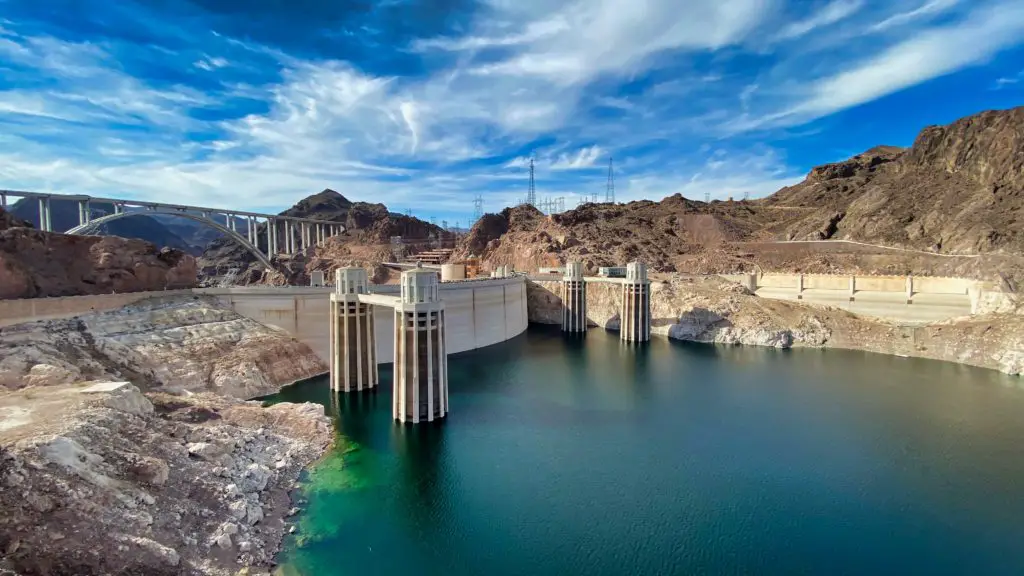
The London Bridge Has a Long History
A very tangible part of English history can be found in Arizona’s Lake Havasu City. London’s famous London Bridge has had a few different versions throughout history. The one that made it to Arizona was commissioned in London in 1799 and designed by John Rennie. It was known as the ‘new’ London Bridge when it was finished in 1831.
This version of the bridge started being affected by the increasing automobile traffic of the 20th century, and by 1967, the City of London Council was looking to sell. The ‘new’ London Bridge was sold to Robert P. McCulloch, an American entrepreneur and founder of Lake Havasu City.
London Bridge was dismantled, and its various components were numbered before being sent to Arizona, where it was rebuilt over a new structure standing over what would become the Bridgewater Channel. Arizona’s London Bridge has since become a draw for tourists that is second only to the Grand Canyon.
If you’re visiting London Bridge in Lake Havasu City, take note of the lampposts dotted along the bridge. They were made from melted cannons that the British army took over after they defeated Napoleon’s forces at the Battle of Waterloo.
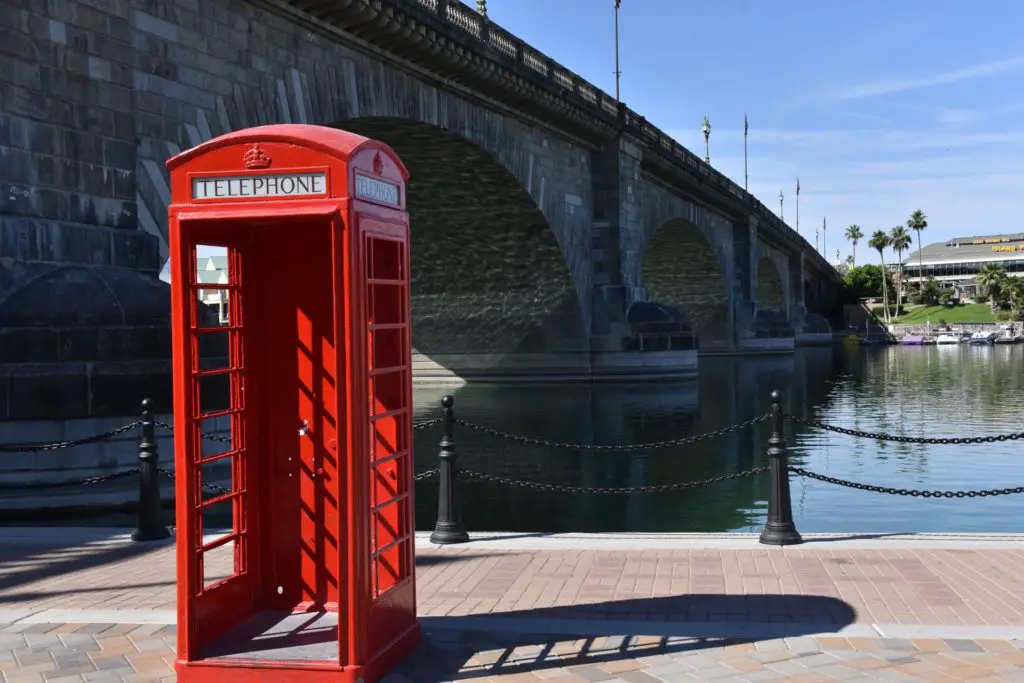
You Can Walk into Art in the Painted Desert
Arizona’s Painted Desert is a vast area of picturesque badlands that stretches from the east of Grand Canyon National Park to the southeast and Petrified Forest National Park. Most of the Painted Desert is within the Navajo Nation. Visiting the desert is like falling into a painting because the expanse of it is formed from rocks in every color, from red to lavender.
Layers of clay and sandstone reflect sunlight and make sunset a truly magical hour. This area has been continuously inhabited by Native Americans for hundreds of years, but it was named by the expedition of Spanish conquistador Francisco Vazquez de Coronado in 1540.
These were some of the first colonizers to ever behold the wonder of the Painted Desert, which in Spanish was known as El Desierto Pintado.
You can take road trips along the Painted Desert from nearby cities like Flagstaff, Holbrook, and Winslow, where you can also find hotels if you’re planning a longer visit.

Enjoy Arts and Stunning Landscapes in Sedona and Red Rock State Park
Sedona is a city in northern Arizona located in the Green Valley area, between Yavapai County and Coconino County. Just outside the city, you can find a canyon formed of red sandstone: Red Rock State Park.
Sedona is known for the beauty of its surroundings and its art community. There are constant art events in the city, as well as the Sedona Jazz Festival, the Sedona Arts Festival, and the Sedona International Film Festival.
There are also plenty of hiking trails, mountain biking trails, and off-roading opportunities. If you’re visiting Sedona, you should also enjoy its many culinary delights and the beautiful views you can find at every corner. It’s recommended to have a car or a bike to navigate the city. Public transport is limited, and the city spreads across three regions.

Be Amazed by Magic Hour in Monument Valley
Monument Valley is an area of the Colorado Plateau on the border of Utah and Arizona, within the Navajo Nation Reservation and the Navajo National Monument Park. Famous for the formations of its sandstone buttes, Monument Valley has been featured in movies since John Ford first used it as a backdrop in the 1930s.
The valley is a tribal park under the care and regulation of the Navajo. Most hiking trails can only be followed with a guide, except for the exception of the Wildcat Trail, which loops around the famous Mitten and Merrick buttes.
Sunset is recommended as the best time to hike around Monument Valley. The deep red and blue-gray colors of its stones turn a rich pink when the day ends. You can also explore the valley by car, which would take around two to three hours. There is an entrance fee to get into the park, and the guided tours will also give you access to the Ear of the Wind landmark.
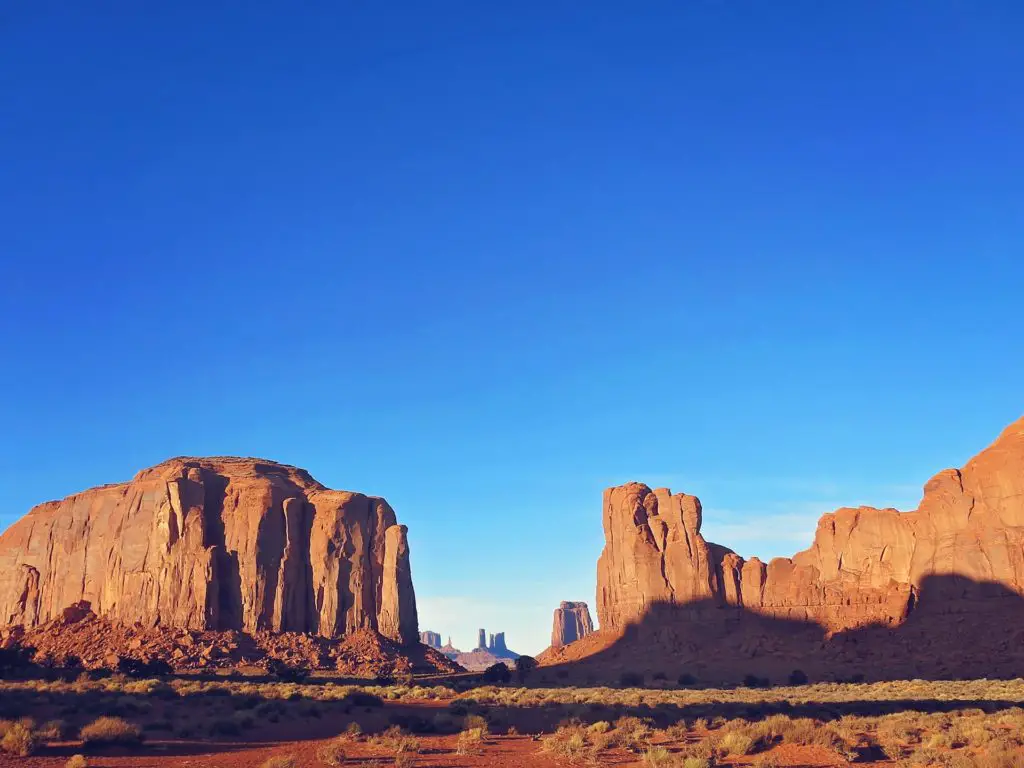
Discover History within Canyon de Chelly
Canyon de Chelly is unique not only for its sandstone spires but also for being the only unit in the National Park Service that is owned and managed by the Navajo Tribal Trust. The canyon is found in northeastern Arizona in Apache County. The park was established as a national monument, and it has since become one of the most visited of its kind in the United States.
If you’re looking to visit Canyon de Chelly, keep in mind that access to the canyon floor is restricted. There is also only one hiking trail through the canyon that can be taken without a guide: the White House Ruin Trail. All other routes must be taken with a Navajo guide or a park ranger.
The most distinctive part of Canyon de Chelly is Spider Rock, a spire made of sandstone that reaches the height of 750 feet. The two spires of the rock feature in Navajo myth.
Entrance to the park is free, but the guided tours charge a fee, as does the Cottonwood Campground. The scenic drive along the rim of the canyon is also free. Visitors can drive from North Rim to South Rim.
The best time to witness North Rim is during the morning, and the best time to witness South Rim is during the afternoon. Those times also provide the best light for taking photographs.

Great Outdoor Activities at Glen Canyon National Recreation Area
Glen Canyon is a unit of the National Park Service that stretches from the start of the Grand Canyon in Arizona to southern Utah. The canyon is known for its many stunning sights and also for the man-made Lake Powell, which appeared following the construction of the Glen Canyon Dam.
Visitors flock to Glen Canyon for all the water-based opportunities provided by the lake. There is plenty of fishing to be done, as well as water sports such as kayaking, jet-skiing, and power boating.
If you visit Glen Canyon, you can discover scenic hiking trails. You can also explore the canyon with a four-wheel drive.

Fall Back in Time in the Former Mining Town of Jerome
The historic copper mining town of Jerome can be found in Yavapai county, on top of Cleopatra Hill. Jerome was founded in 1876 and quickly became a booming mining town due to the richness of its copper ore.
The mining industry in the town reached a standstill once the ore ran out, and Jerome has since been reinvented following its naming as a National Historic Landmark. Tourists are drawn to Jerome for its history and its rebranding as a ghost town.
Only around 450 people live in Jerome, but the art community, in particular, is thriving there. If you’re visiting Jerome, you should stop at the Jerome State Historic Park. The privately-owned house is the host of one of the town’s museums, and it has a lot of information about Jerome.
Some of that information is even presented in a great movie that takes you deeper into the history. You can also see the San Francisco Peak in Flagstaff from Jerome State Historic Park on a clear day.
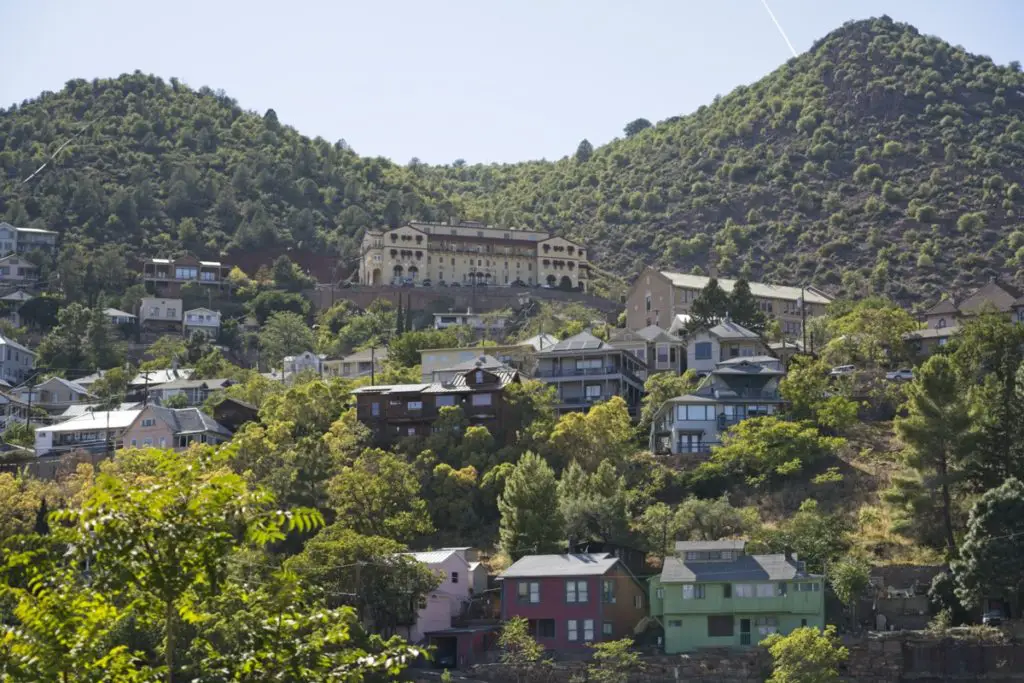
Dive into the Turquoise Waters of Havasu Falls
Havasu Falls is one of the highest-rated waterfalls in the United States. Located along Havasu Creek on Havasupai Reservation, this waterfall offers an amazing sight for visitors. Its turquoise waters and its proximity to the Havasupai Campgrounds make Havasu Falls the most visited waterfall of the five that go along Havasu Creek.
When planning your visit to Havasu Falls, make sure to check the availability of permits when they go on sale on February 1st. They go fast, you may need to keep checking. Access to the grounds is restricted, and only permit-holders are allowed. You can’t take day trips to the Falls, so make sure to pack everything you need for the duration.

Observe the Wild West in Tombstone
Tombstone is another one of Arizona’s historic towns. It’s located in Cochise County, and it used to be a booming silver mining town. It nearly became a ghost town once the mining industry stopped making a profit, but it has since been rebranded as a Wild West town.
Tombstone is also famous for being the location of the famous Gunfight at the O.K. Corral between officers of the law and the Cowboys, a group of outlaws. Virgil Earp, the town marshal, was accompanied by his brothers Wyatt Earp and Morgan Earp, as well as by Doc Holliday.
The figures of the lawmen became akin to celebrities, especially Wyatt Earp, and the town of Tombstone continues to remember them. If you’re visiting Tombstone, you can witness reenactments of the gunfight. These events take place three times a day for a fee.
Tombstone makes most of its revenue from tourism and its Wild West nostalgia and memorabilia. It also holds a festival, the Helldorado Days, every October. The festival has been part of Tombstone tradition since 1929, and it’s all about celebrating the town’s Wild West origins.
Tombstone is also the location of the world’s largest rosebush, as determined by Guinness World Records. The rosebush can be seen if you pay for admittance at the inn that houses it.
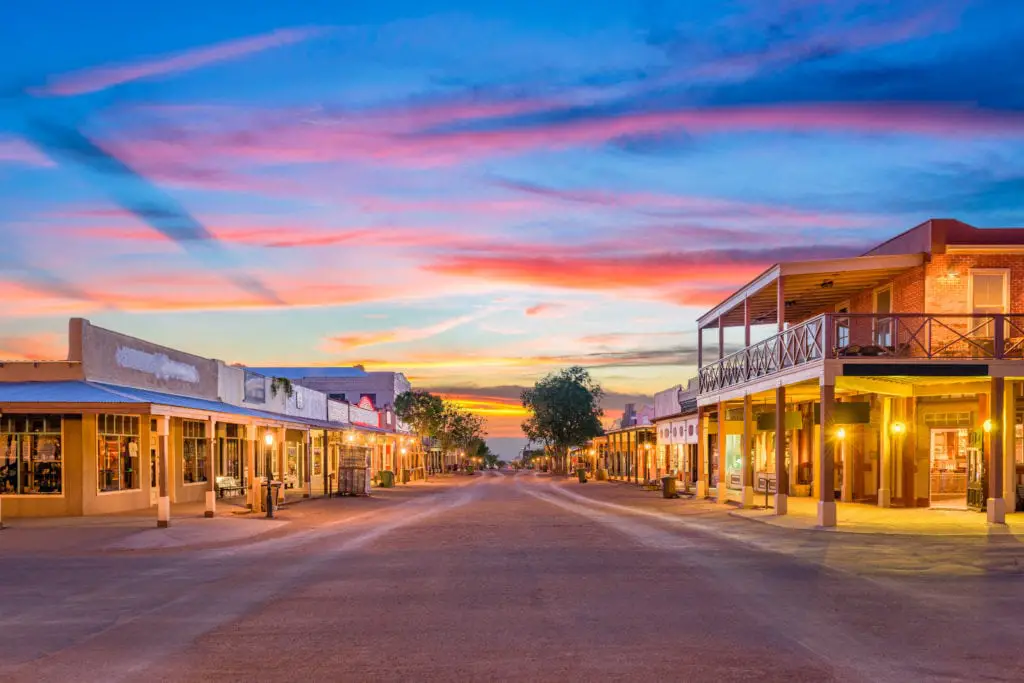
Walk Around the Cacti of Saguaro National Park
Saguaro National Park can be found in the southeast region of Arizona, in Pima County, near Tucson. The park has two areas: the Rincon Mountain District and the Tucson Mountain District. It’s located within the Sonoran Desert, and it’s the home of the giant saguaro cactus.
The park was initially designated a National Monument but has since become a National Park. It is one of the very few places in the world where you can see the saguaro cacti face to face. The cactus doesn’t grow naturally anywhere outside the Sonoran Desert.
The lands of Saguaro National Park were originally the home of the Tohono O’odham people. They continue to visit the park every year when it’s time to pick the fruit of the saguaro.
There are plenty of exhibits to see on a visit to Saguaro National Park, and you can take long walks in the various cactus gardens. Various hiking trails lead into the surrounding landscape. Regulations and fees are different depending on which area of the park you visit.
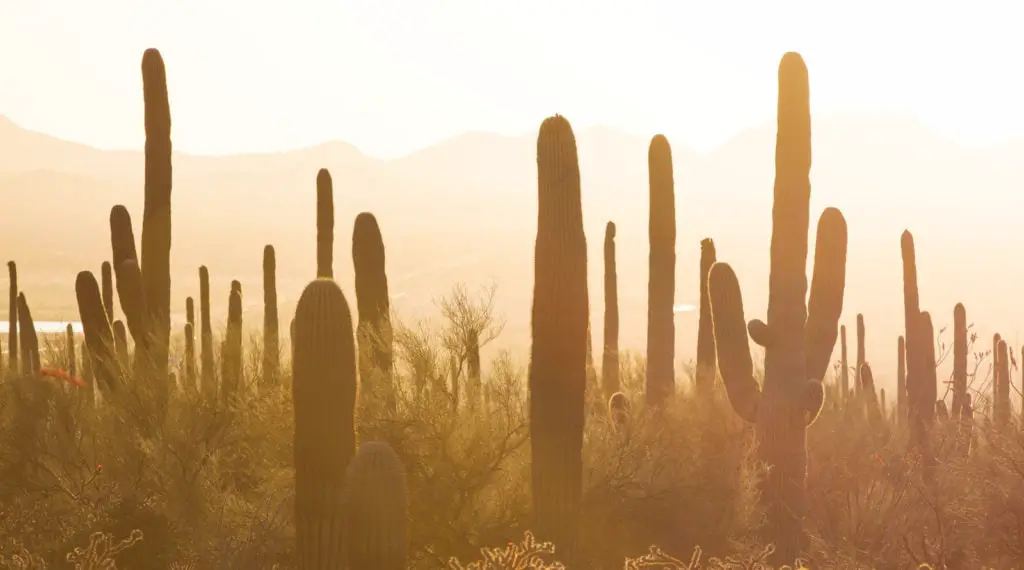
Three Interesting Facts About Arizona
You’ve probably got an image of Arizona in your head based on hearing about it and seeing how it’s featured in media, but here are some facts to give you more insight:
- The Valentine State. Arizona became a state of the Union on February 14th, 1912, and has since held the Valentine State nickname. It is the 48th state, and it joined the Union last among the contiguous states (which don’t include Alaska and Hawaii). It is also known as The Copper State and The Grand Canyon State, two of its other features.
- It’s a wine state. A lot of wine is produced across Arizona’s over 100 wineries. The wine produced in Arizona has 22 varieties. There are three main wine-producing areas in Arizona: Willcox in Cochise County, Verde Valley in central Arizona, and Sonoita in Santa Cruz County.
Arizona also produces plenty of grape varieties that are native to southern France and Italy.
- USS Arizona. The state ship has had a few different versions during its history. The most known version of the USS Arizona was sunk during the attack on Pearl Harbor in 1941.
As you can see, Arizona is not just this year long hot desert of a desolate land. It’s rich in history, unique landscape, and diverse culture. We hope you can come and see for yourself just what our state has to offer.


Pingback: Canyon de Chelly National Monument - A Must See! - GoSeeAZ.com
Pingback: Visitors Guide to Montezuma Castle National Monument - GoSeeAZ.com
Pingback: 5 Tips Before Visiting Petrified Forest National Park - GoSeeAZ.com